Remember when cooking dinner meant casseroles covered in crushed potato chips and Jell-O salads were considered sophisticated? The 1970s were a wild time in American kitchens, where convenience trumped artistry and we somehow survived despite food safety practices that would make modern chefs faint. Those harvest gold appliances and avocado green countertops witnessed some questionable culinary decisions that many of us recall with equal parts nostalgia and disbelief.
1. Cooking Everything Until It Surrendered
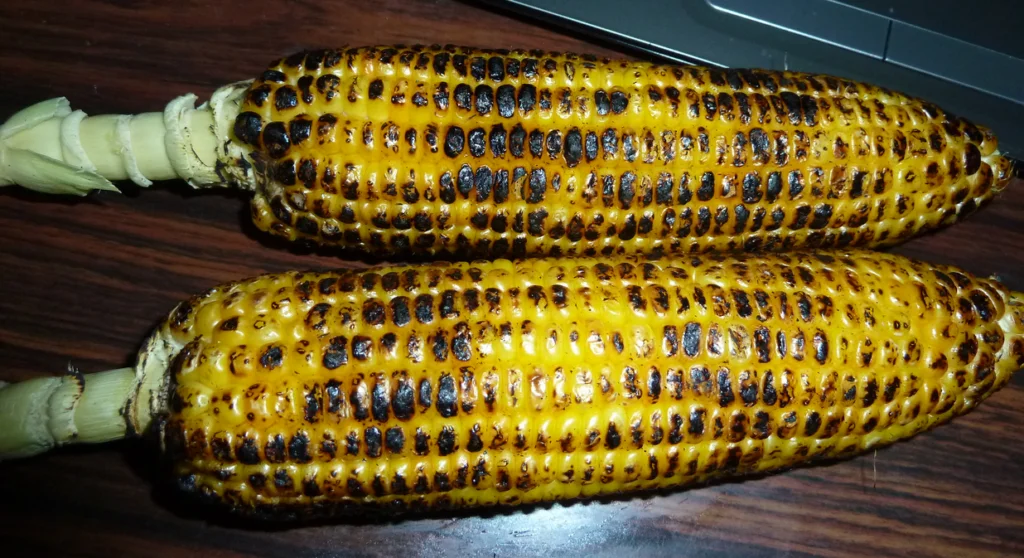
In the 1970s, vegetables weren’t done until they’d lost all structural integrity and turned a uniform shade of army green. We boiled broccoli, Brussels sprouts, and green beans until they practically dissolved, believing that mushiness equaled doneness. Our parents and grandparents, shaped by Depression-era fears about undercooked food, insisted that anything less than thoroughly defeated vegetables might harbor dangerous pathogens. Nowadays, Serious Eats has some very helpful tips and tricks for cooking without destroying the ingredients.
The meat received similar treatment, with pork chops and roasts cooked well beyond well-done into territory that modern chefs would call “incinerated.” Our Sunday pot roasts simmered for so long they practically disintegrated when you looked at them sideways. These cooking methods emerged from genuine concerns about foodborne illness in an era before instant-read thermometers became kitchen staples.
2. Aspic Everything That Moves
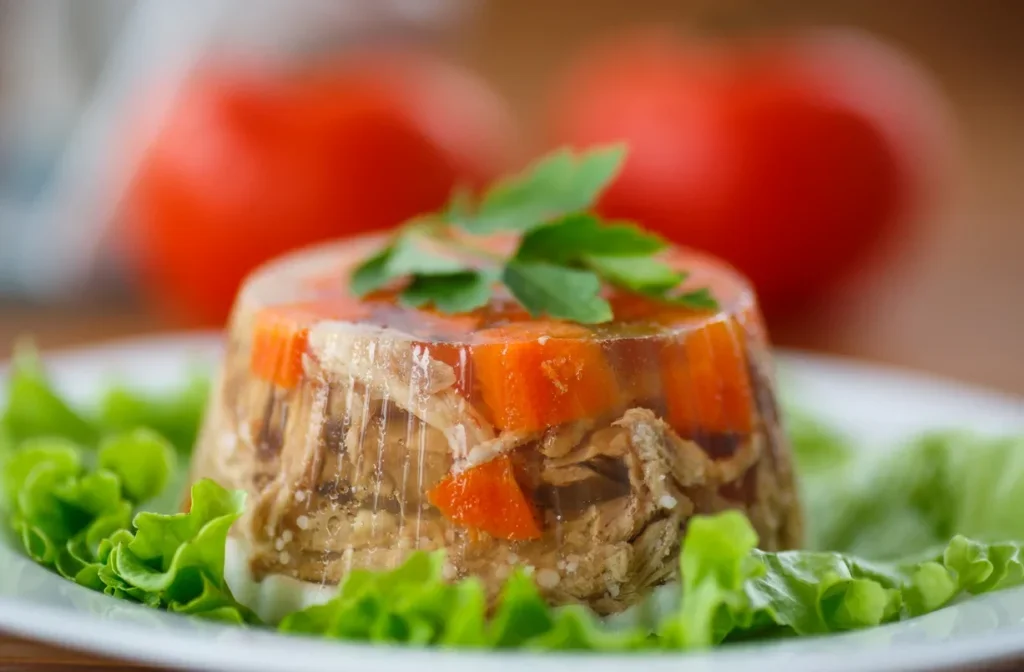
If it existed, we probably suspended it in gelatin at some point during the disco decade. Savory Jell-O molds containing everything from canned tuna to chopped olives, suspended vegetables, and mayonnaise made regular appearances at dinner parties and holiday gatherings. The crowning achievement was often the “Crown Jewel” dessert featuring colorful cubes of different flavored gelatins suspended in a creamy white Jell-O base. Atlas Obscura explores America’s fascination with aspic, no matter how ominous.
We genuinely believed these wobbly concoctions represented the height of sophistication and modern food science. Cookbooks and women’s magazines promoted these recipes with full-color photos showcasing their jiggly glory on special occasion tables across America. Today’s chefs, with their focus on fresh textures and natural presentations, would likely need smelling salts after witnessing our enthusiasm for foods trapped in gelatinous suspension.
3. Margarine as a “Healthy” Alternative
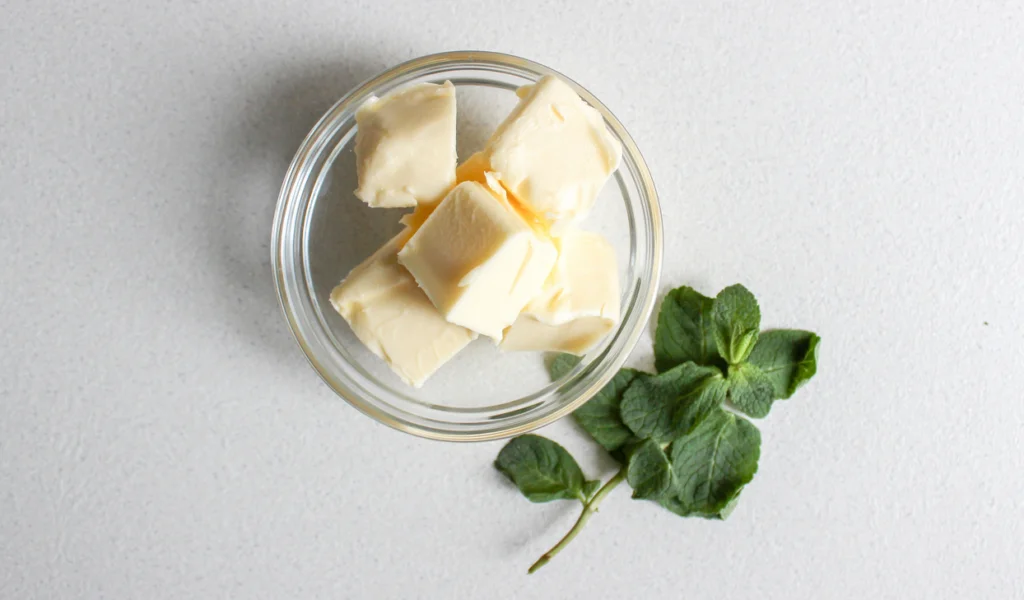
We spread that bright yellow margarine on everything, convinced we were making the heart-healthy choice over butter. Those tubs of partially hydrogenated vegetable oils occupied prime real estate in virtually every refrigerator in America. Some brands even came in stick form with little packets of yellow dye you’d knead into the white base to make it look more appetizing. Mayo Clinic breaks down important differences between butter and margarine, especially in relation to heart health.
Television commercials told us we couldn’t tell the difference between butter and margarine, and many of us believed it wholeheartedly. Our grandmothers might have clung to their butter, but we were modern families embracing food science and the miracle of manufactured spreadable fats. Today’s nutrition experts and chefs alike would be horrified at how we unknowingly loaded our bodies with trans fats while thinking we were making the healthier selection.
4. Mystery Meat Casseroles
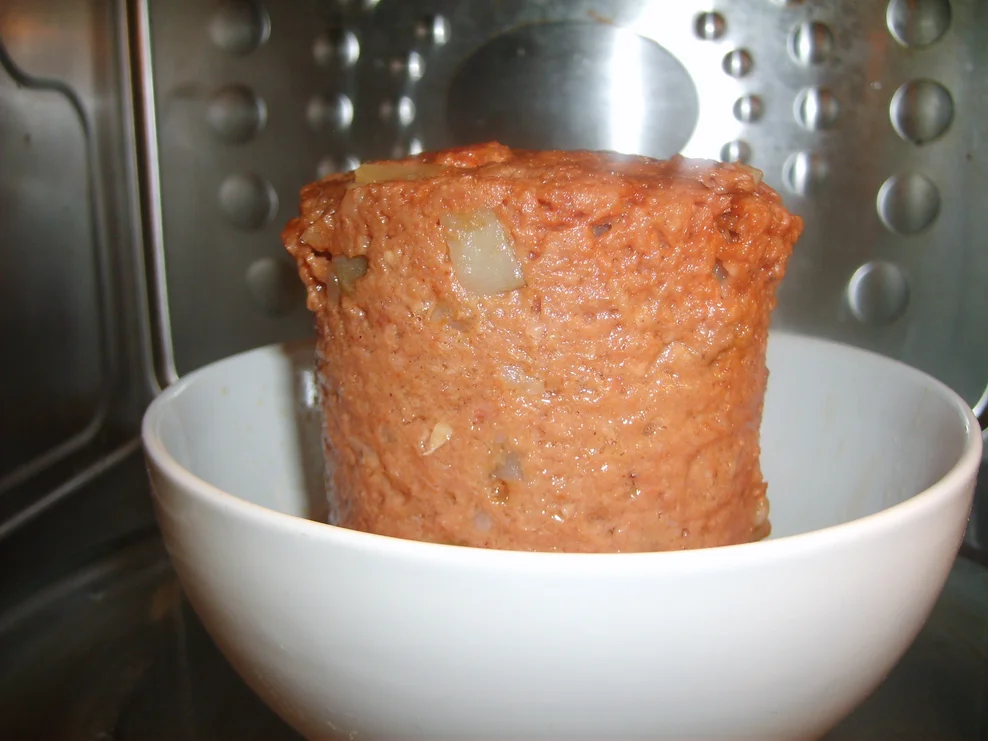
Casserole dishes were the workhorses of 1970s kitchens, hosting combinations of ingredients that defied culinary logic and sometimes identification. We’d combine canned cream soups, leftover meats of questionable age, and whatever vegetables needed using up, then top the whole thing with crushed potato chips or canned fried onions. These one-dish wonders often featured surprise ingredients that remained nameless even as family members politely inquired.
The true masterpiece was when Mom would create something she called “End of the Month Surprise,” utilizing whatever remained in the freezer and pantry before payday. These concoctions sometimes developed their own family folklore and became requested dishes despite (or because of) their mysterious origins. Modern chefs with their emphasis on ingredient transparency and quality would likely need a moment alone after witnessing our cavalier approach to food combination and preservation.
5. Leaving Food Out All Day
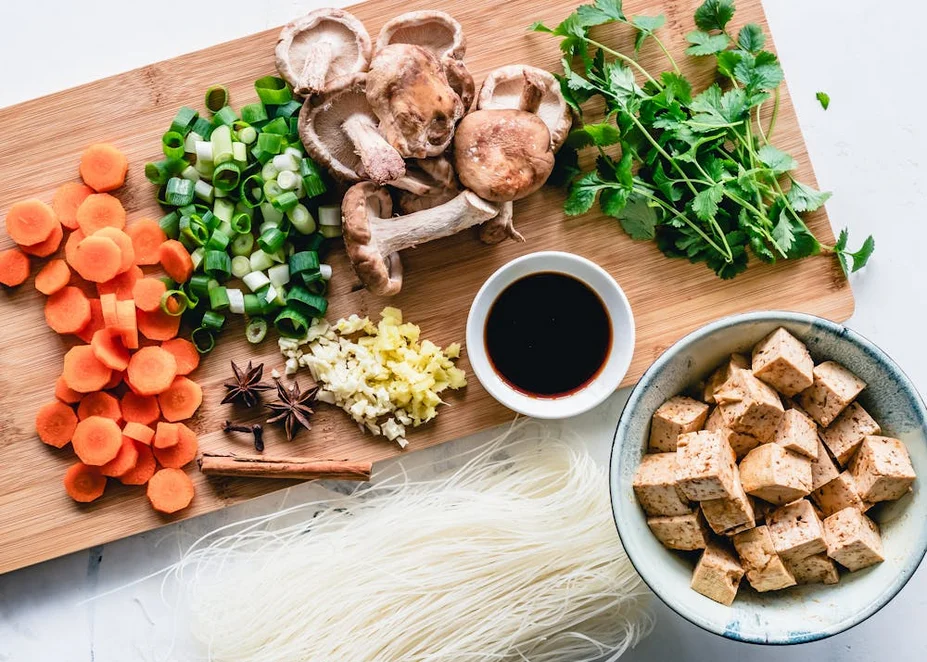
Food safety guidelines were more like gentle suggestions in the ’70s kitchen, where dishes routinely sat at room temperature for hours without concern. The potato salad might stay on the picnic table from noon until dinner, and nobody batted an eye or reached for a thermometer. Leftover roasts and holiday turkeys often remained on the counter well into the evening before someone finally remembered to refrigerate them.
We had a remarkably casual relationship with the “danger zone” of food temperatures, blissfully unaware of bacterial growth rates. Holiday meals would stretch across entire afternoons and evenings with no thought of ice baths or warming trays to maintain safe temperatures. Today’s food safety-conscious chefs would have heart palpitations watching our relaxed approach to perishable foods enjoying the warm embrace of kitchen counter sunlight.
6. Cooking with Shortening and Lard
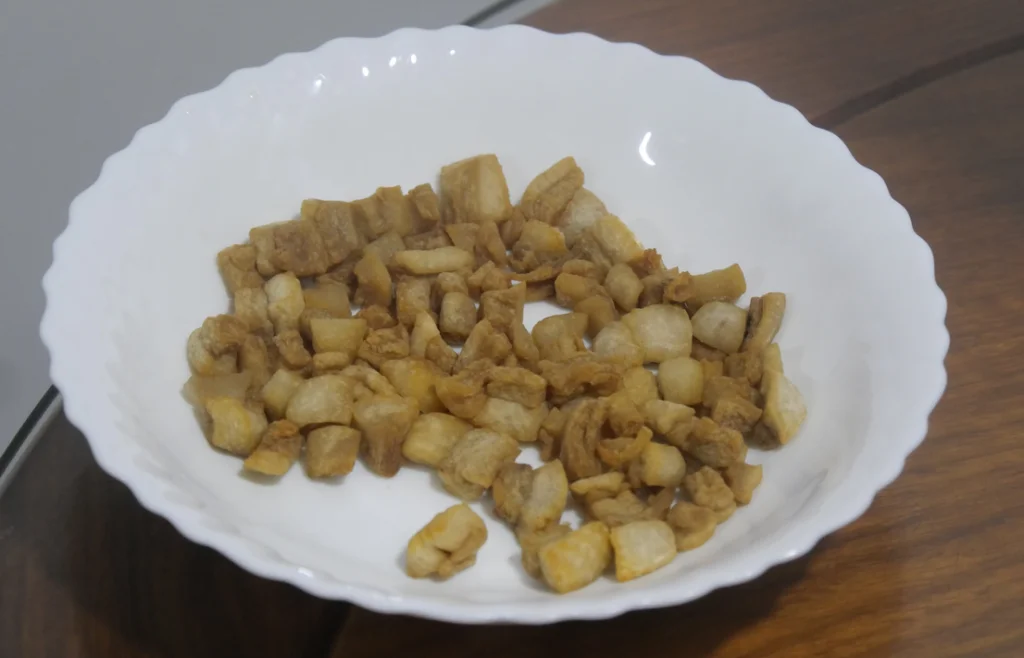
Our pie crusts weren’t just flaky – they were monuments to saturated fat made with generous scoops of Crisco or lard from that can kept under the sink. That blue can of vegetable shortening was a kitchen staple, used for everything from frying chicken to greasing cake pans. Grandma might show up with her own container of saved bacon grease to add “flavor” to just about anything that needed cooking.
We fried everything in these solid fats, creating that distinctive taste that modern palates might find overwhelming but that we associate with childhood comfort. Recipe cards from this era often specified measurements like “two heaping tablespoons of shortening” without a second thought about cholesterol or heart health. Modern chefs with their cold-pressed oils and concern for healthy fats would watch our casual relationship with shortening with professional horror.
7. TV Dinners as Special Treats
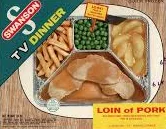
Those aluminum trays with their little compartments represented the pinnacle of convenience and modern living in our ’70s kitchens. We actually looked forward to those Swanson frozen meals with their mysterious salisbury steak, unnaturally smooth mashed potatoes, and dessert compartment with cobbler or brownie. The fact that everything somehow tasted slightly of aluminum and had wildly different temperatures throughout didn’t dampen our enthusiasm.
Parents would announce “TV dinner night” like they were bestowing a special reward, and we’d eagerly await the moment when those trays emerged from the oven. The pinnacle of frozen dinner luxury was the “Hungry-Man” variety, which promised enough food to satisfy the most robust appetite in the family. Today’s chefs, with their emphasis on fresh, whole ingredients and cooking techniques, would likely need to sit down after witnessing our joy over these compartmentalized frozen concoctions.
8. Tang and Artificial Drinks
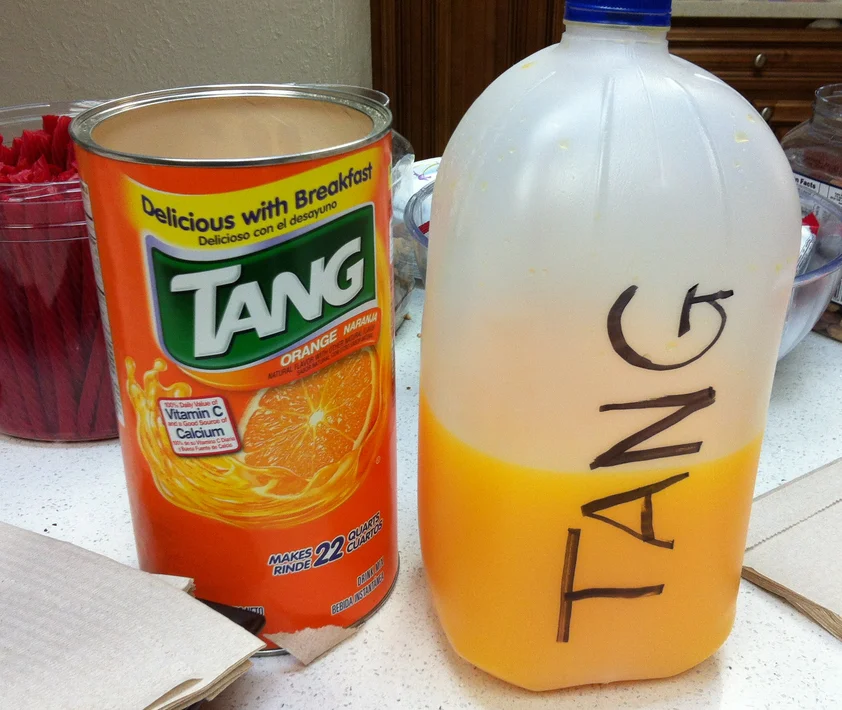
We stirred neon-colored powders into pitchers of water and called it juice without a trace of irony during the disco decade. Tang wasn’t just a drink – it was space-age technology in a glass that made us feel connected to the astronauts who supposedly drank it in orbit. Those little plastic barrels of colored sugar water that we unscrewed the tops from and drank represented the height of lunchbox sophistication.
Parents genuinely believed these artificial beverages were reasonable alternatives to juice, adding vitamin C and other nutrients to our diets. The artificial colors were so intense they would temporarily stain our tongues and lips, marking us as children of processed food innovation. Contemporary chefs and nutritionists, with their cold-pressed juices and natural flavor infusions, would likely need a fainting couch after seeing how casually we embraced these laboratory creations.
9. Creative Uses for Spam
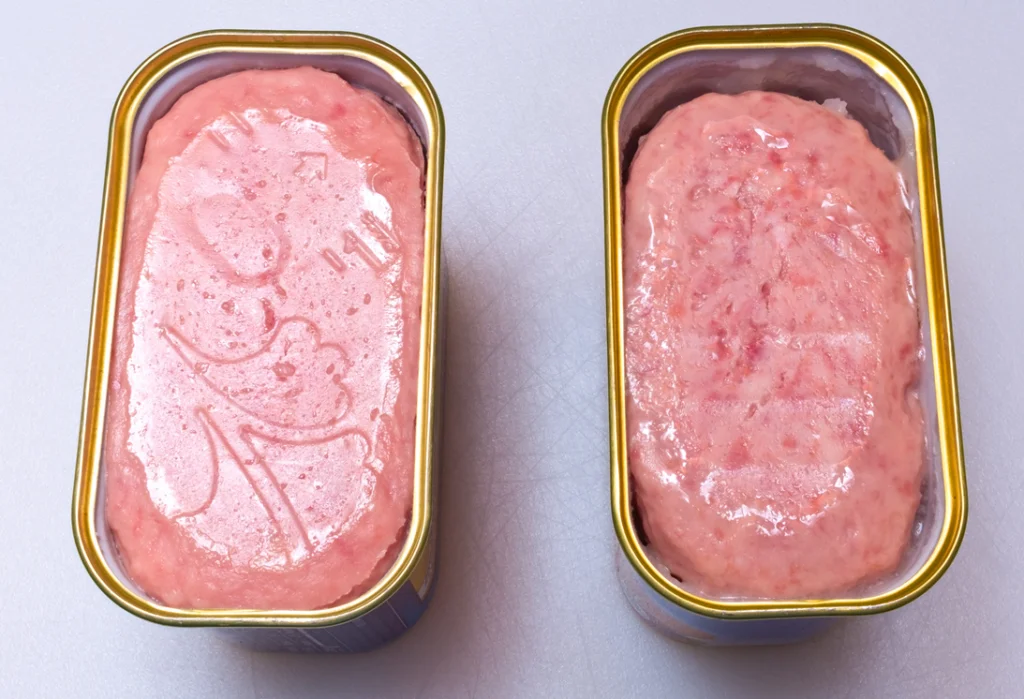
This pink processed meat product appeared in countless creative incarnations throughout ’70s home cooking, from breakfast to dinner and even party appetizers. We sliced it, diced it, fried it up for breakfast, and created elaborate Spam-based casseroles that were prominently featured in community cookbooks. Some ambitious home cooks even carved and decorated it for “fancy” presentations at holiday gatherings.
Spam musubi, Spam salad, Spam and pineapple skewers – our innovation knew no bounds when it came to this shelf-stable meat product. Its popularity was partially rooted in post-war frugality and convenience, carrying forward into the ’70s as comfort food tradition rather than necessity. Modern chefs focused on whole animal butchery and traceable sourcing would likely need a stiff drink after witnessing our enthusiastic approach to mystery meat from a can.
10. Sauce Packets and Mixes for Everything
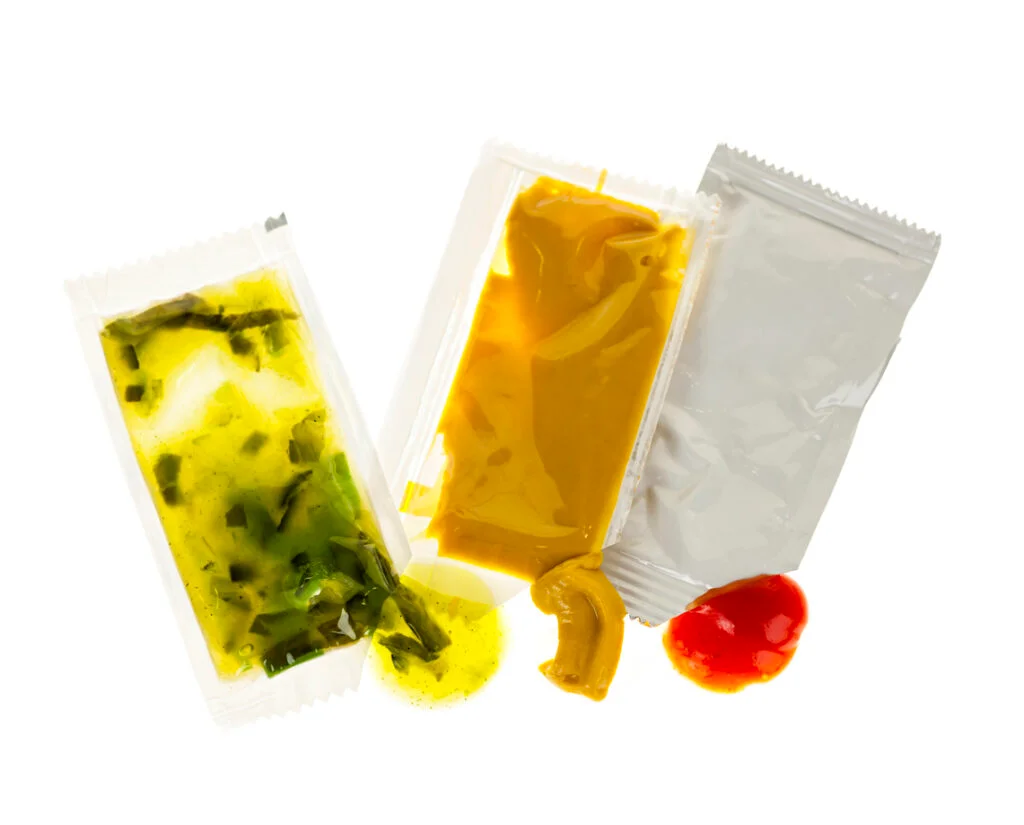
Our pantries contained arsenal of powder packets and mixes that promised to transform ordinary ingredients into exotic cuisine with just a sprinkle. Spaghetti sauce came from a packet mixed with tomato paste, taco seasoning was a pre-measured envelope of mystery spices, and stroganoff materialized from a powder mixed with sour cream. These convenience products eliminated the need to stock individual spices or understand their proportions.
We faithfully followed the instructions on these packets, rarely deviating from the prescribed methods even when the results were questionable. Our taste buds became calibrated to these standardized flavors, creating nationwide consistency in home cooking that hadn’t existed before. Contemporary chefs who toast and grind their own spice blends would watch with professional dismay as we reached for those little envelopes instead of actual herbs and spices.
11. Cooking Everything in Aluminum Foil
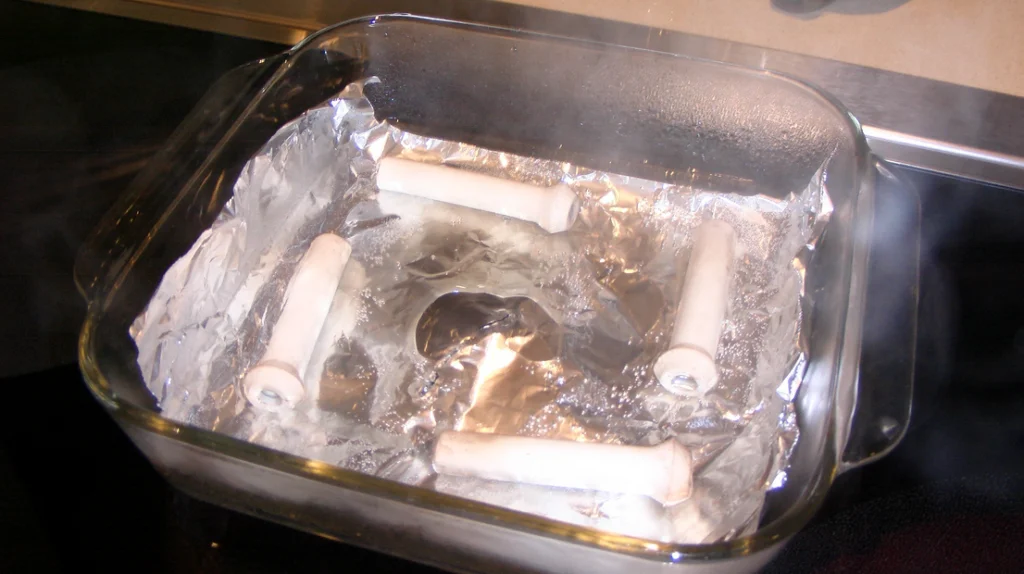
We wrapped vegetables, meats, and entire meals in aluminum foil, creating shiny packets that steamed everything to a uniform soft texture. These foil packets appeared on backyard grills, in ovens, and even directly on campfire coals, promising minimal cleanup and maximum convenience. The distinctive metallic taste that sometimes permeated the food was considered a small price to pay for the ease of preparation and cleanup.
Recipes specifically called for this technique, with women’s magazines featuring spreads of “foil packet dinners” as solutions for busy mothers. The environmental impact of single-use aluminum never crossed our minds as we crumpled and discarded sheets after every use. Today’s environmentally conscious chefs with their focus on proper cooking techniques would likely wince watching us wrap perfectly good ingredients in metal before applying heat.
12. Miracle Whip as a Universal Ingredient
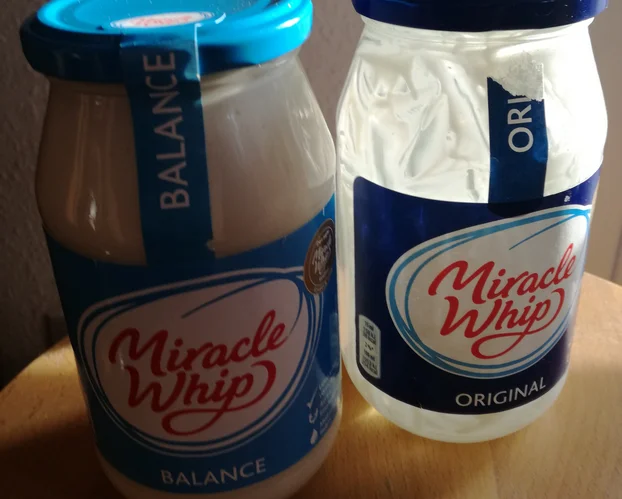
This tangy “salad dressing” found its way into virtually everything in the ’70s kitchen, from actual salads to sandwich spreads to cake recipes. We used it as the binding agent in countless cold salads, from macaroni to potato to the mysterious “garden salad” that contained more Miracle Whip than vegetables. Some particularly adventurous recipe cards even called for it as a secret ingredient in chocolate cakes, promising exceptional moisture and tanginess.
The debate between Miracle Whip families and mayonnaise families could divide neighborhoods and create lifelong condiment allegiances. Its sweet-and-tangy profile became so familiar that many adults who grew up in this era still prefer it to traditional mayonnaise, carrying forward these taste memories. Modern chefs who make their own emulsified sauces from carefully selected oils and farm-fresh eggs would need a moment of silence after witnessing our casual dolloping of this processed spread.
Those bell-bottomed days of cooking might make modern culinary experts cringe, but they formed the flavor memories many of us still cherish today. While we’ve learned a lot about nutrition, food safety, and ingredient quality over the decades, there’s something endearing about the unrefined enthusiasm of 1970s home cooking. So the next time a chef scoffs at your nostalgic mention of Hamburger Helper or Jell-O salad, just smile knowingly – they may have technique, but we have the technicolor food memories that defined an era.


